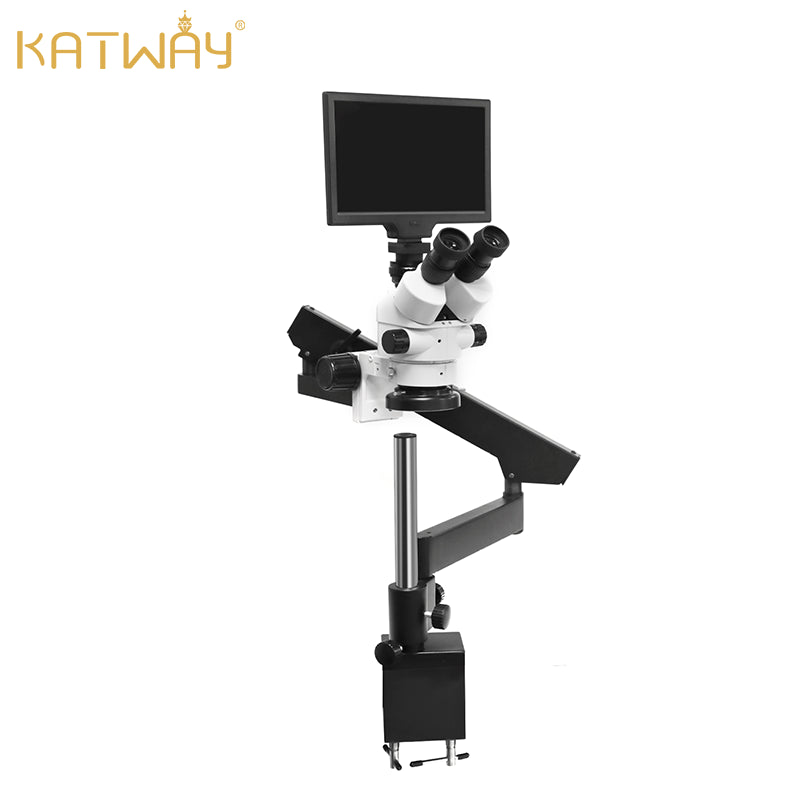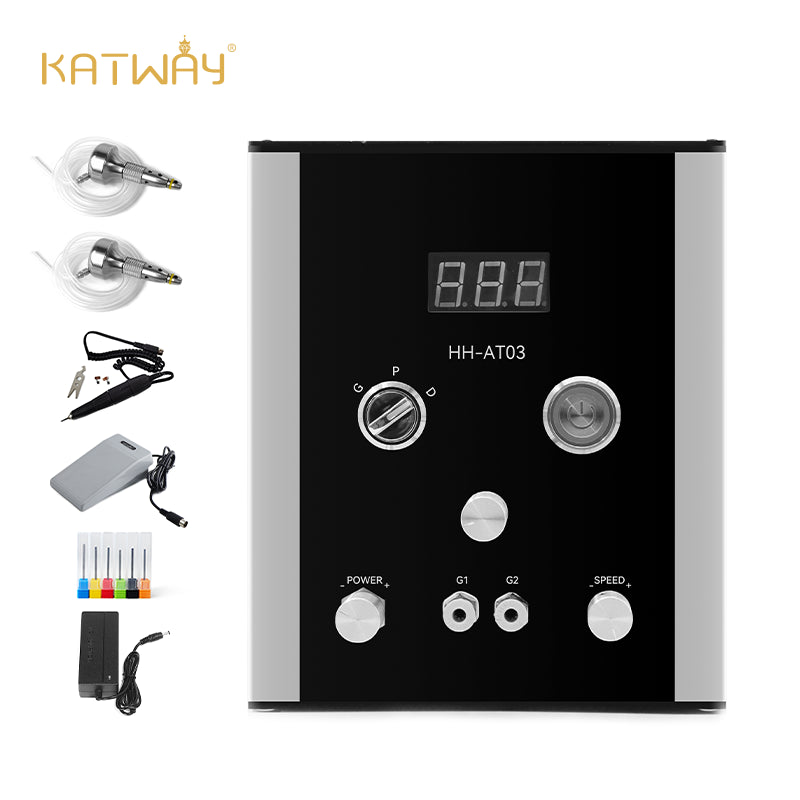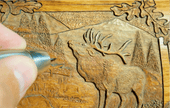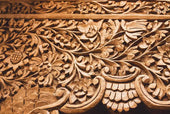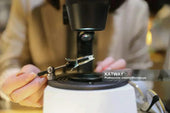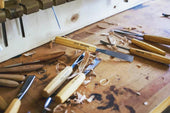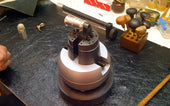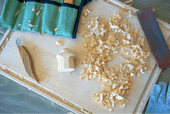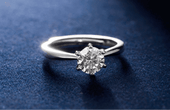Six Common Casting Process Introduction
Casting Process The casting process is generally used to make metal or other materials into parts and other products. Generally speaking, casting is the process of melting metal or other materials into a mold, and then waiting for the metal to cool down and mold, you will get a variety of different shapes of objects. In fact, the casting process can not only make some small objects, but also can be used to make some large mechanical parts. There are many kinds of casting process, here mainly introduces the six commonly used casting method.
1. Sand casting
Sand mold casting process is one of the most primitive casting methods, but also one of the most common casting methods. The principle of sand casting is simple. Like any other casting method, a mold needs to be made, except that the mold is made of sand and a specific binder. Sand mold casting is a casting method that is mostly used to make large parts. The advantages of sand casting are that it is cheaper and faster, and it can be used to make molds of various complex shapes. However, since the surface of the molds made of sand is relatively rough, the surface of the metal parts produced subsequently is also relatively rough. Therefore, they may need to be finely processed subsequently. In addition, sand molds need to be remade after use and cannot be recycled.
2. Lost wax casting
The lost wax casting method is also one of the more commonly used methods. Similar to the sand casting method mentioned above, which uses sand and binder to make the mold, the raw material used to make the mold for the lost wax casting method is wax. Once the wax mold is made, it is placed into a deep enough container. You then have the option of adding a configured liquid plaster to completely encase the wax mold. Once you have waited for the plaster to fully and completely set, you can then heat an entire mold at high temperatures until the wax mold is completely melted. Next, all you have to do is melt the metal and then pour the metal in its molten state into the plaster. Then it is time to wait for the metal to completely solidify and then remove the metal casting. Finally, clean the surface of the metal casting. You may also need to smooth the metal casting if it has some imperfections.
Lost wax casting is used in a wide range of applications, including the medical field, aerospace and aviation. In addition, in the field of jewelry making, the use of lost wax casting method is also very common.
The advantage of the lost wax casting method is that it can be used to produce some metal parts with more complicated shapes. Another advantage over the sand casting method mentioned above is that the surface of the finished product is much smoother, which greatly reduces the need for post-processing. However, it has to be admitted that the production of wax molds is very time-consuming and costly.
3. Die-casting
Die casting is also known as pressure casting. It is a method of casting shapes by placing metal materials under high pressure. It is a common method for casting metals such as aluminum and zinc. The die casting method is generally used in the production of high-volume products.
Below is a description of the actual steps involved in the die casting method. First of all you need to make a durable mold, generally the metal used to make the mold is a metal that is stable in nature such as steel. Again here you need to heat the metal. After heating the metal, the metal is poured into the die casting machine. The die casting machine will put the metal in a state of high pressure and this time the metal will be able to be filled into the mold.
Finally, wait for the metal to be molded and remove the casting. The surface of the part can be treated if necessary.
4. Permanent casting
The permanent casting method is based on the principle of making metal castings using heat-resistant steel or aluminum molds. The steps of the permanent casting method are roughly as described below.
The first step is to cast a metal mold, the raw material being the aluminum or steel metal mentioned above. The next step is slightly different from the casting method mentioned above, in that the mold is heated before the metal is heated. The molten metal is then poured into the mold. The metal is allowed to cool for a sufficient amount of time before the mold is opened and the metal part is removed. The mold is then opened to remove the molded part, and then the necessary post-processing steps, such as cleaning and sanding, are carried out.
5. Centrifugal casting

Centrifugal casting is the process of pouring heated molten metal into a special mold. The special feature of the mold is that it is a rotating mold. Centrifugal casting produces special metal parts, such as pipes or wheels. Centrifugal casting produces a product with a very compact internal structure. However, centrifugal casting is not suitable for casting metal parts with complex shapes.
6. Continuous casting
The final casting method is continuous casting. Continuous casting involves heating the metal to a molten state and then pouring it into a mold. Up to this point, there is little difference between the casting methods described above. However, the metal is cast in the form of long strips and sheets. The productivity of this casting method is extremely high, and the quality of the products produced is also guaranteed. However, the cost of this casting method is very high. Moreover, the shape of the cast metal is very single, only the above mentioned two forms of long strip or sheet.
View more related articles
Katway's Journey to Jewelry Show 2023
Vacuum casting in the jewelry process
Engraving Machine Buyer's Guide on HH-R01 and HH-AT03
Everything You Need to Know About Jewelry Engraving
Why do we need to emphasize the implementation of RoHS?





